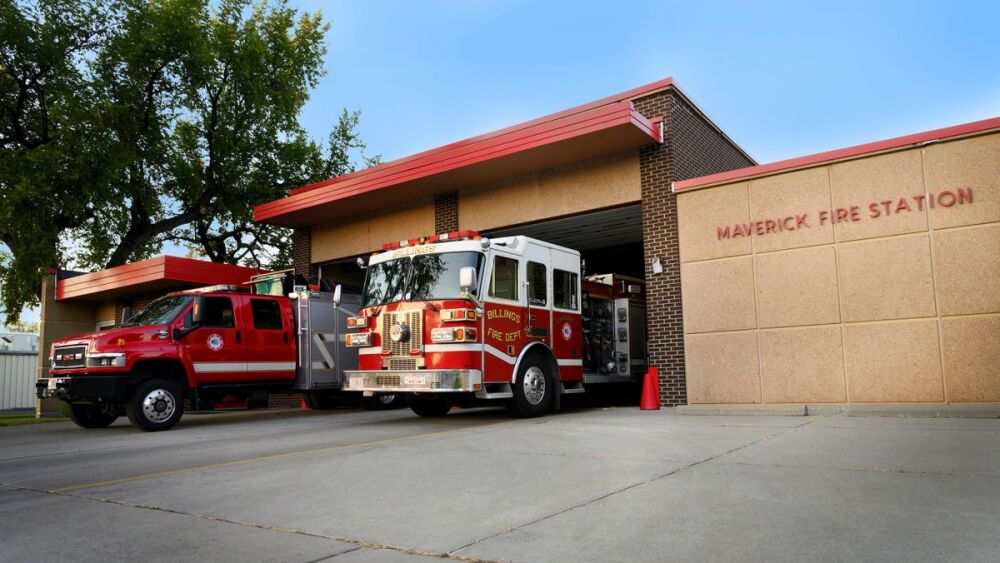Rob Rogers
Billings Gazette, Mont.
The Billings Fire Department is examining how it responds to its ever-increasing number of service calls, looking for ways to be more efficient and more responsive.
Specifically, the fire department is assessing how it responds to non-emergency calls for service, looking at slowing down travel times and placing higher priority on calls that require more manpower.
The department will also examine creating a handful of two-person emergency medical technician quick response teams that would respond to calls that don’t involve fire. It would also look at creating a proactive medical response program that would utilize other social services organizations to better meet the needs of the community.
Many of the recommendations come from a study commissioned by the city to examine the operations and administration of the fire department and make suggestions for improvement. A similar study was performed for the police department.
The Center For Public Safety Management, based out of Washington, D.C., praised the Billings Fire Department, calling it “a highly skilled and progressive organization that is making exceptional progress in dealing with a very significant and growing workload.”
In all, the report made 34 recommendations to the city and fire department, ranging from suggestions that BFD create an integrated risk management plan for structure fires in areas of the city that see a high rate of fires to asking the city to petition the state for tougher fire codes.
The study found that each year Billings firefighters respond on average 18,000 times to calls for service that don’t involve fire.
“EMS calls are the predominant workload for the Billings Fire Department, accounting for nearly 74 percent of its call activity,” the report found.
Speaking to the Billings City Council on Monday night, Mike Iacona, fire and EMS senior manager for the Center For Public Safety Management, said the majority of call to which fire department responds could be categorized as non-emergency.
Specifically, up to 80% of the calls to which the fire department responded with an extended response time were “non-emergent.”
“That’s a lot of calls you don’t have to run hot on,” he said.
The report then noted that the fire department responds to all calls, both emergency and non-emergency, with its fleet of fire engines.
Given the amount of non-fire calls to which the department responds and the expense incurred by using fire engines to respond, the report recommended BFD invest in what it calls “alternative response” vehicles — something the city has tried before.
In 2010, the city purchased two specially modified pickups to be the fire department’s “quick response vehicles.” The trucks became a point of contention between the fire chief at the time, Paul Dextras, and his assistant chief, Frank Odermann.
The vehicles were also unpopular with some of the department’s firefighters, which led to a heated confrontation between Dextras and a group of firefighters at a local breakfast joint shortly after the city purchased the quick response vehicles.
On Monday night, Pepper Valdez, the incoming Billings Fire chief, explained that leaders at the department want to create two-person quick reaction teams to be better address non-fire medical calls.
The two responders on the team would be additional hires for the department and would be trained emergency medical technicians. They would use a quick response vehicle.
The report also recommends the city enter into a contract agreement with its ambulance service. Currently, Billings uses AMR, a private ambulance company, to transport residents to the hospital. The arrangement between the two is enshrined in city ordinance.
Iacona recommended that the city switch to a competitive contract with an ambulance service that can lay out specifically what the fire department needs.
___
(c)2021 the Billings Gazette (Billings, Mont.)


